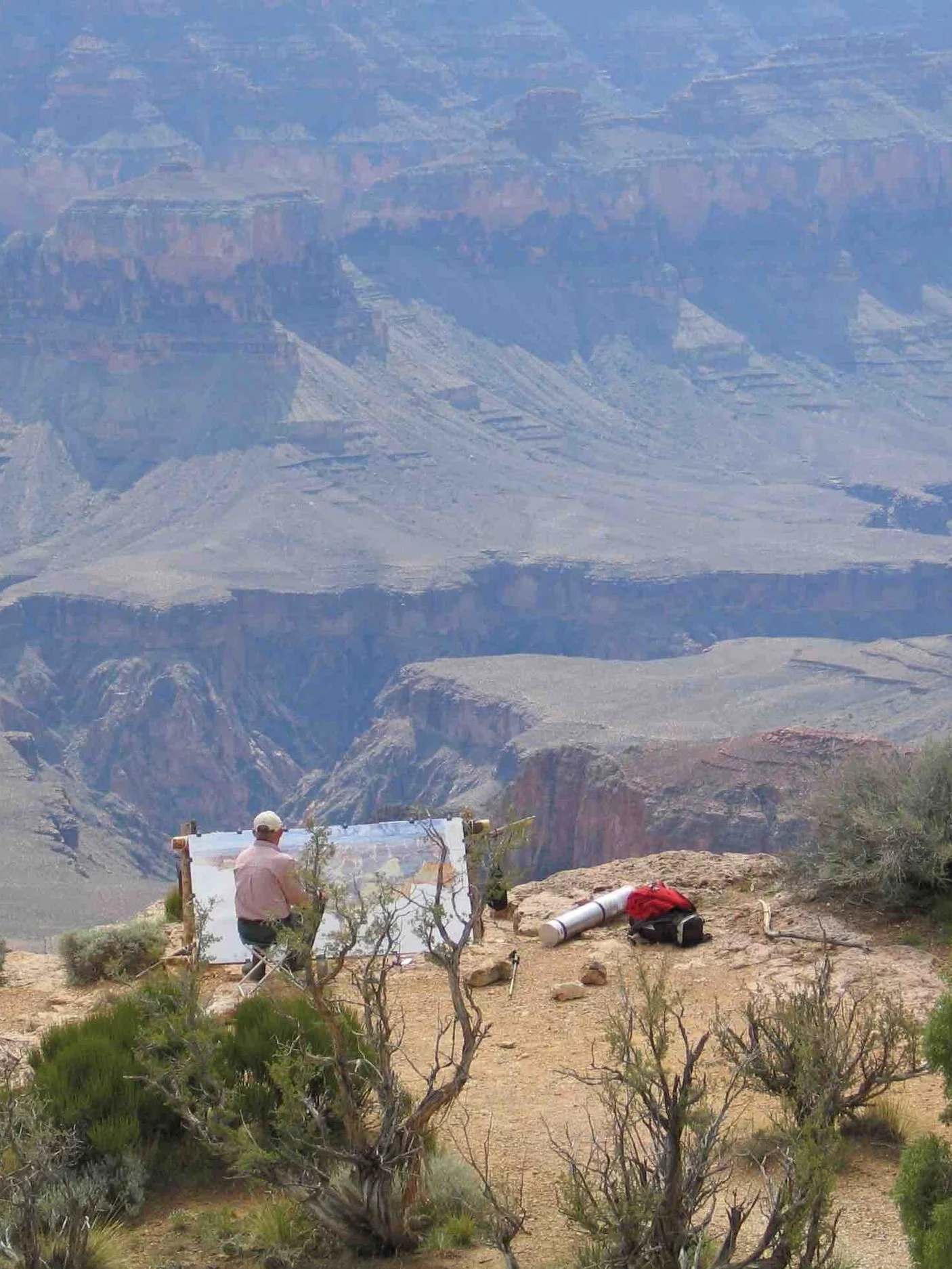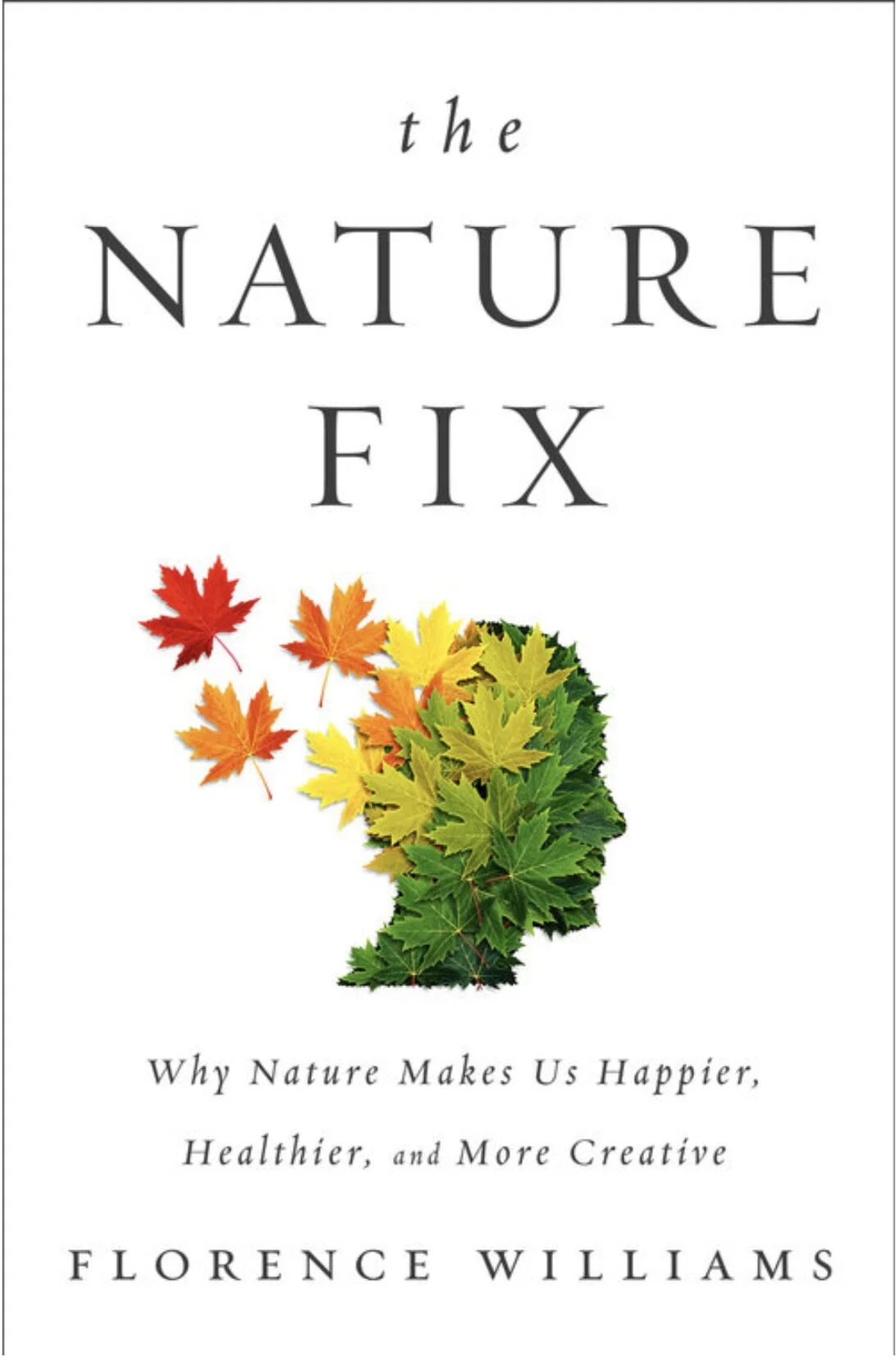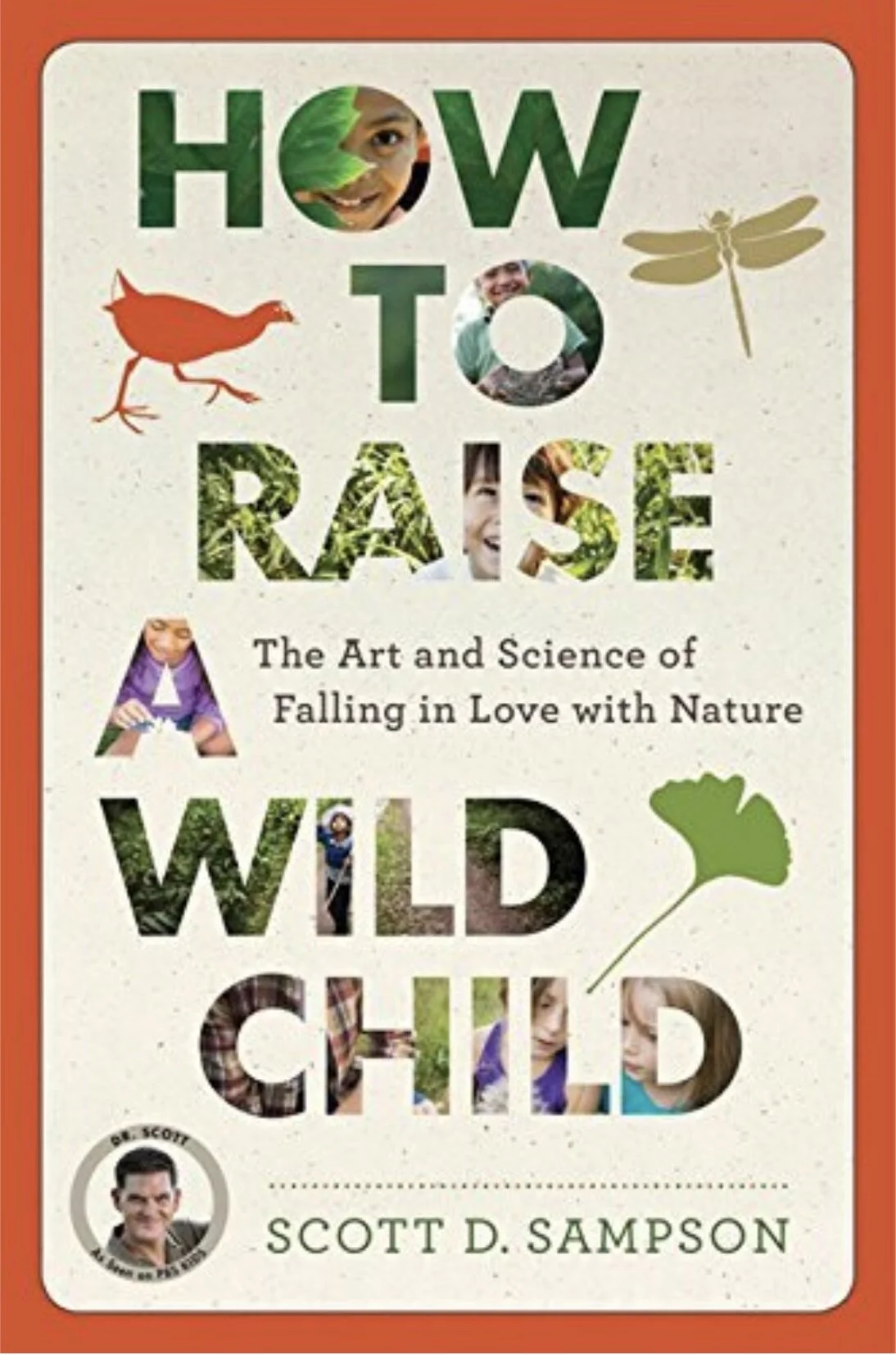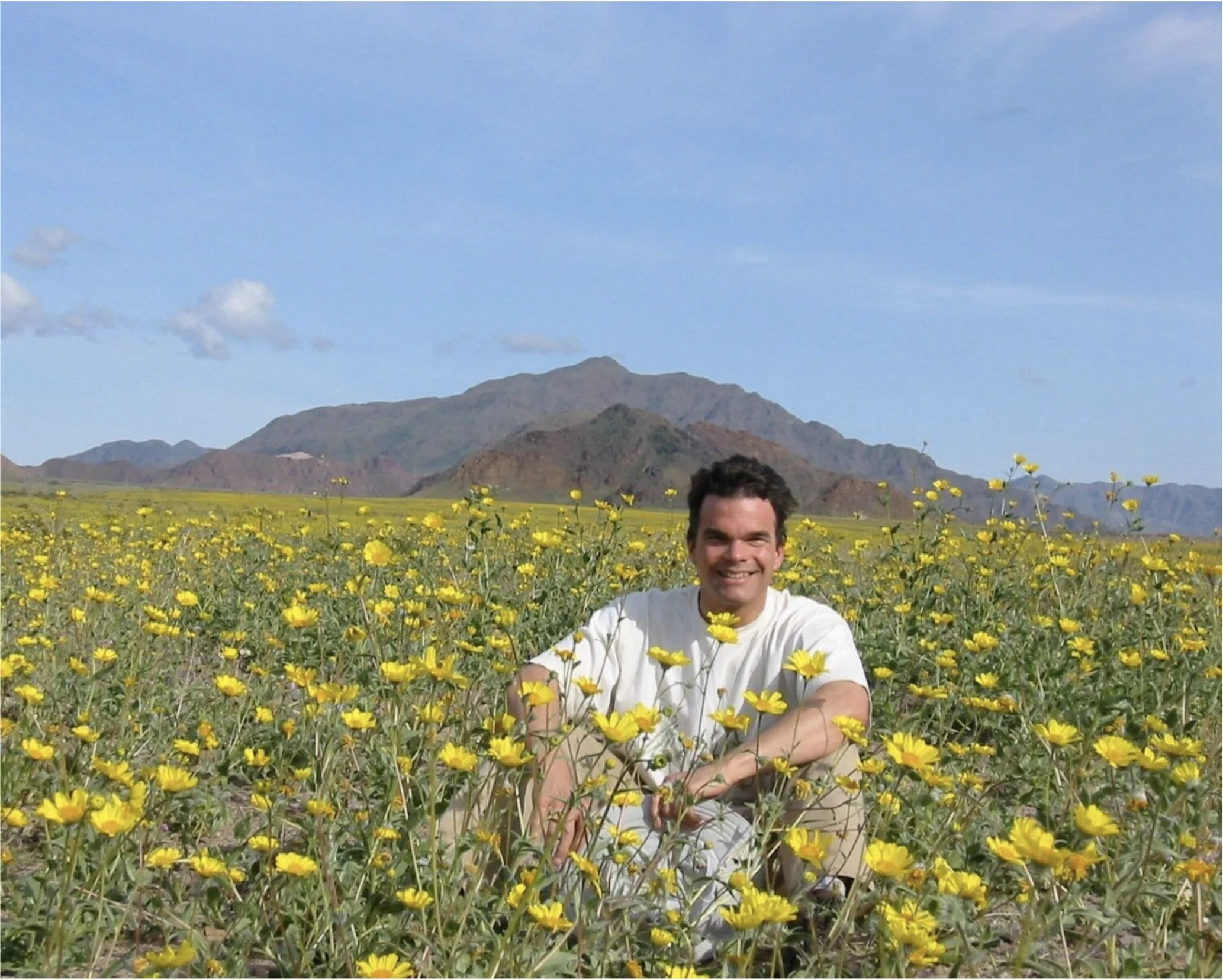Wild for Wildflowers
Garden Answers Plant ID App
Garden Answers is the revolutionary plant identification app that instantly identifies over 20,000 plants and gives you accurate and detailed information about them.
Miss Rumphius
Written and Illustrated by Barbara Cooney
Up in the Garden, Down in the Dirt
Written by Kate Messner, Illustrated by Christopher Silas Neal
Yucky Worms
Written by Vivian French, Illustrated by Jessica Ahlberrg
The Souvenir Challenge
Tony Foster, The Stream from Clearwater Cave, Mulu (Souvenir detail) 2015, from Foster’s Journey, Exploring Beauty: Watercolour Diaries from the Wild
““My work is not simply concerned with describing the landscape, but is about travelling slowly, living in wild places, and about encounters with people, objects, flora and fauna.””
Tony Foster carefully selects souvenirs to include with his paintings, usually mounted within the frame near an excerpt from his journal. These painted or real objects carry symbolic meaning that help describe Foster’s experience in the wild. Types of souvenirs in Foster’s artworks include:
Studies: Small, fully-realized paintings of an object or view Foster encountered while painting
Maps: Small, topographical maps that show the exact painting site where Foster created the painting
Artifacts: Natural objects or ephemera collected during Foster’s travels or created to accompany his paintings such as: stones, shells, leaves, dive records
Talismans: Individual or combinations of real symbolic objects associated with human interaction with the land such as: arrowheads, potsherds, dreamcatchers, prayer flags
Did you know that it’s illegal to pick a poppy in California on state land? Each Journeys@Home project includes a Souvenir Challenge in which your family is asked to draw, collect, or create an object to keep as a reminder of your shared experience. When choosing a souvenir, take care to only collect items that can be legally moved, leaving wildlife, plants, and fossils on the trails where they belong. Be creative with your souvenir choice. If you find a bit of flora or fauna that you want to bring home with you as a memento, draw it or take a photograph instead, preserving the health and beauty of the wilderness and taking care to leave it even better than you found it.
What is Nature Journaling?
Nature journaling is simply documenting observations of nature. There are no right or wrong ways to start a journal—include image and text, observations and questions, sketches of flowers and insects, notes, objects, and even photographs. In each of our Journeys@Home activities, we encourage nature journaling during the outdoor experience as both a fun family activity and a way to build personal connection with the natural world all around us.
HOW TO GET your family STARTED
Begin with a subject area of interest and before you leave home, research the plants and animals that you may encounter. This groundwork can turn an everyday walk around the block into a fun game or adventure.
Pick up a notebook and some crayons and pencils. Consider bringing a magnifying glass and binoculars as well.
Go for a walk or look around your own yard, taking a minute to slow down and notice the small things. Describe what captures your attention through observational drawing and written notes.
Encourage children to use all of their senses, and show enthusiasm for shared discoveries.
Tony Foster painting in situ at Point Sublime, Grand Canyon, 2004, as part of his Journey, Searching for a Bigger Subject. Photo by John Frazier
HELPFUL HINTS
The practice of nature journaling will take time to develop. Schedule in some regular time for your nature walks, and don’t rush your experiences. One of the main benefits is allowing yourself and your children to slow down.
As your interest in nature journaling deepens, you may want to practice drawing plants and animals before you find them outside. Once you are comfortable with sketching the basic shapes, you’ll be able to spend more of your time focusing on the details that make each plant and animal unique.
The Nature Journal Club led by John Muir Laws has wonderful online resources, including free teaching materials and tutorials!
Other Recommended Reading for Grown-Ups
THE NATURE FIX: WHY NATURE MAKES US HAPPIER, HEALTHIER, AND MORE CREATIVE
by Florence Williams
How to Raise a Wild Child
by Scott Sampson
Last Child in the Woods
by Richard Louv
The Laws Guide to Nature Drawing and Journaling
by John Muir Laws













